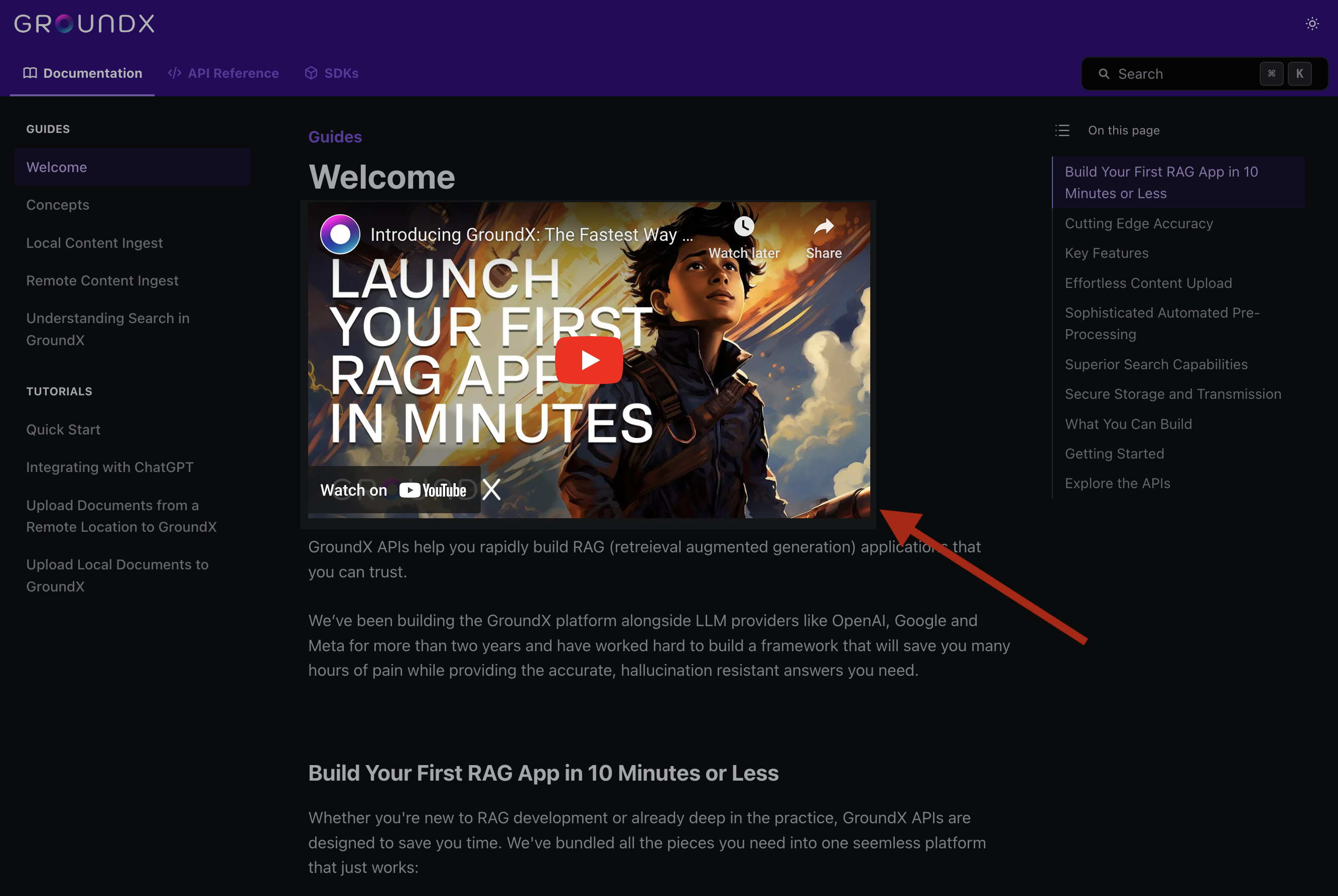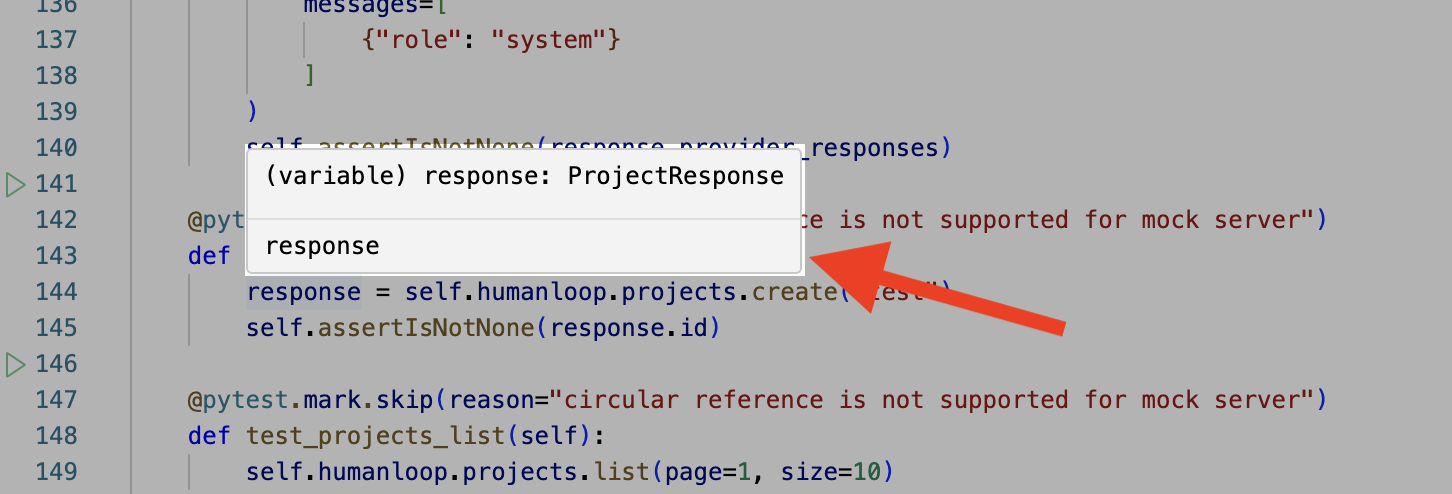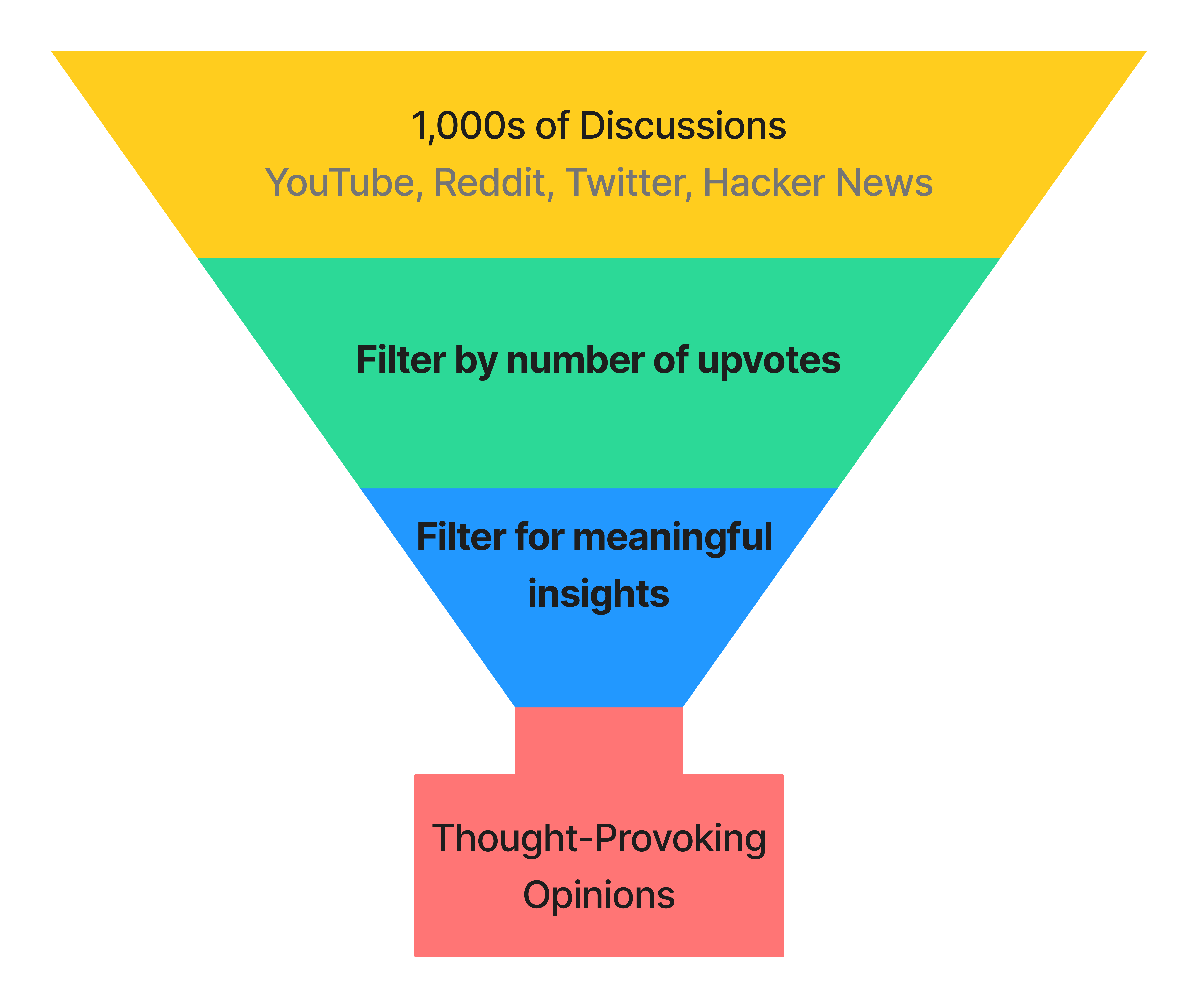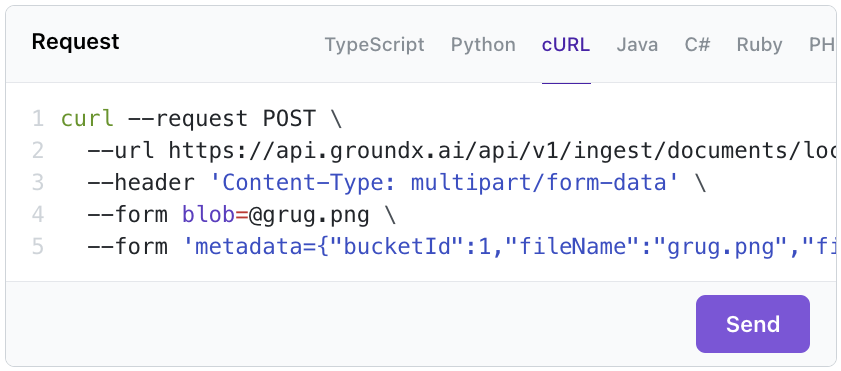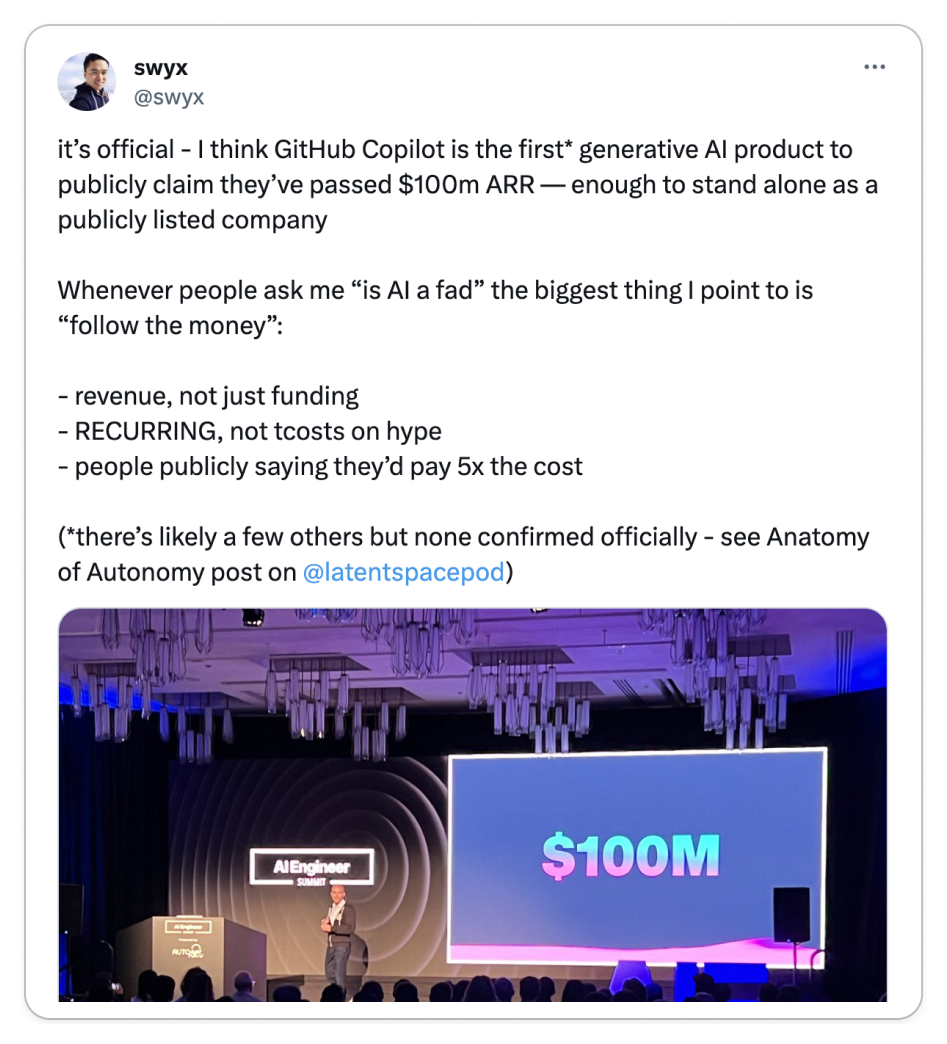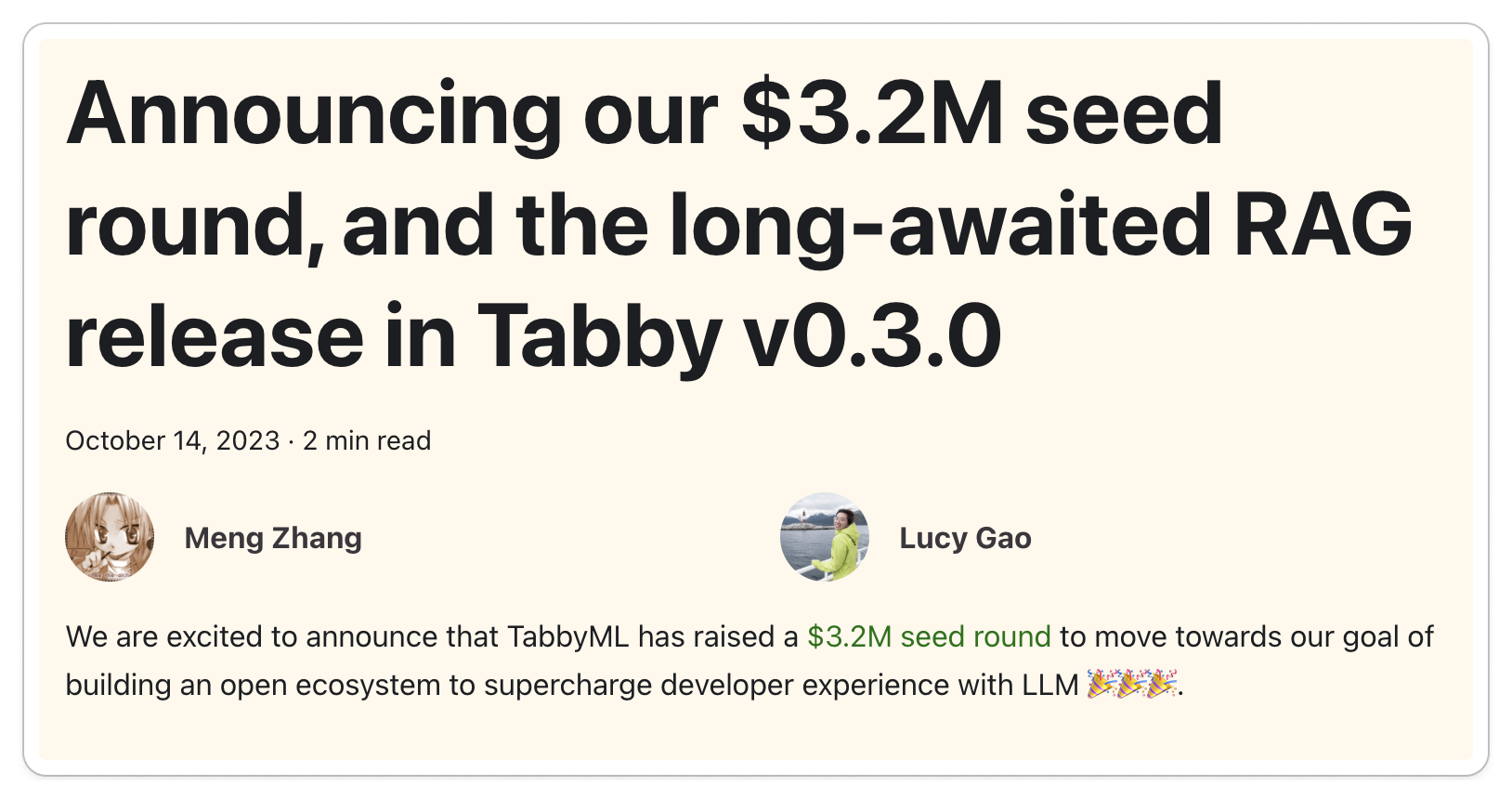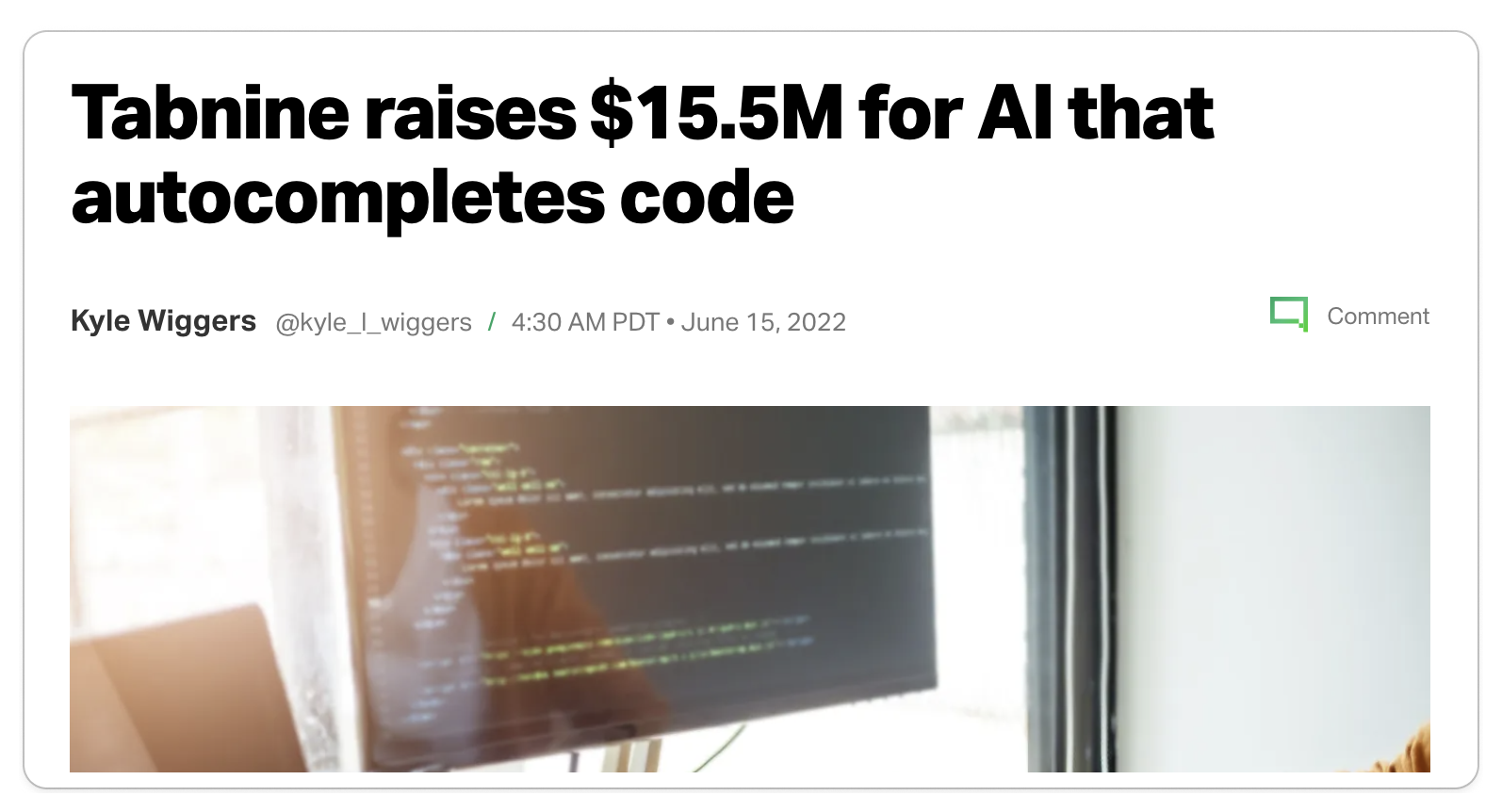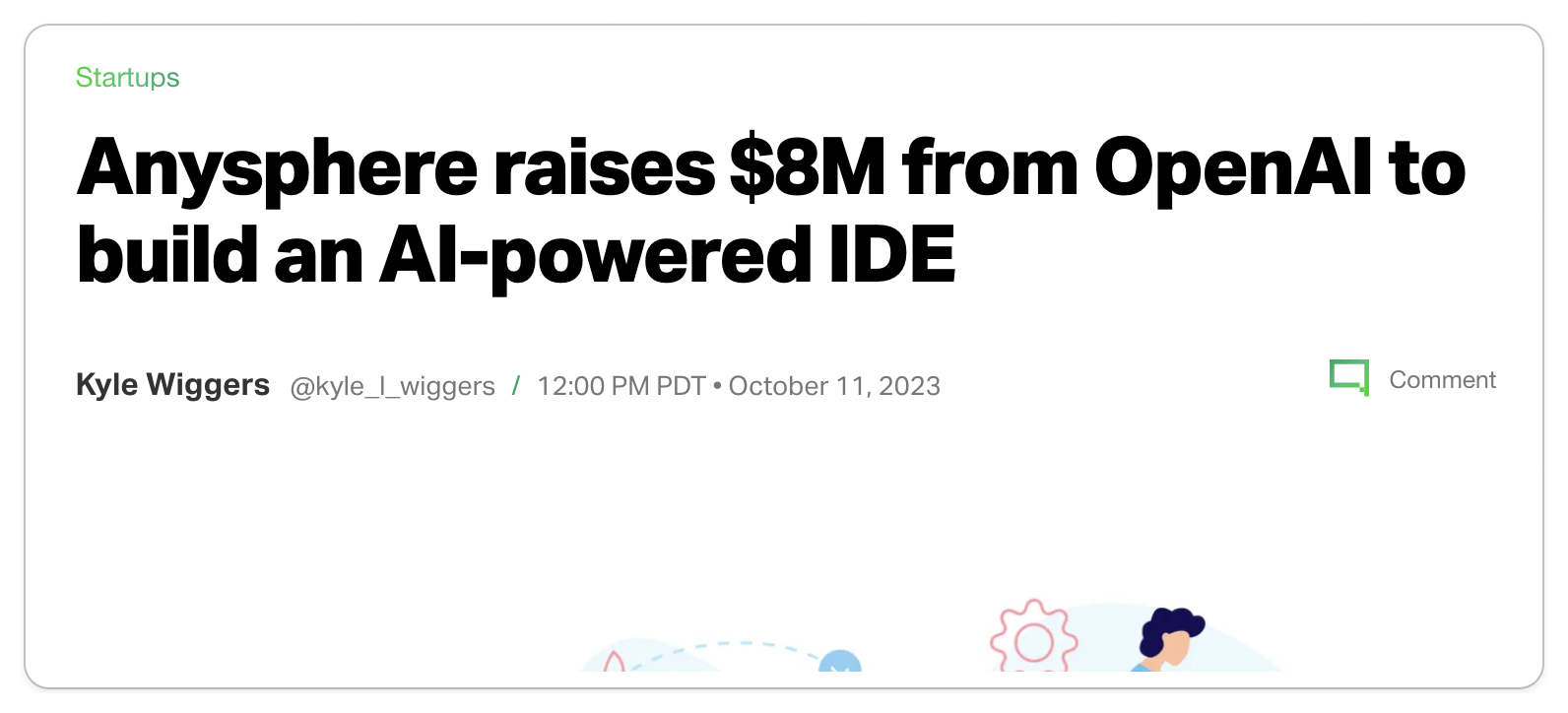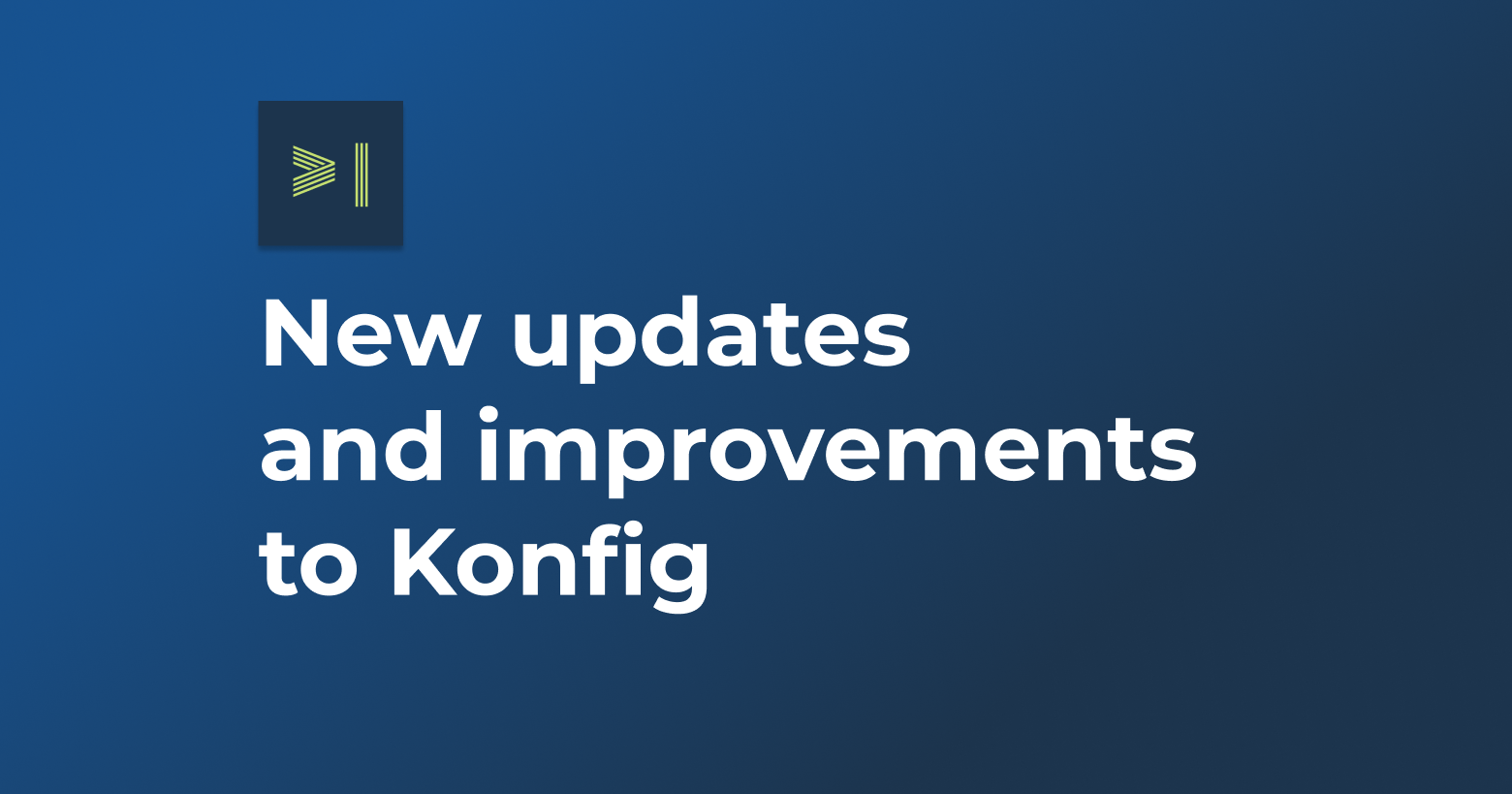
It's been a fast start to the year and we are excited to bring you some new features and improvements to Konfig.
AI-Generated Operation IDs
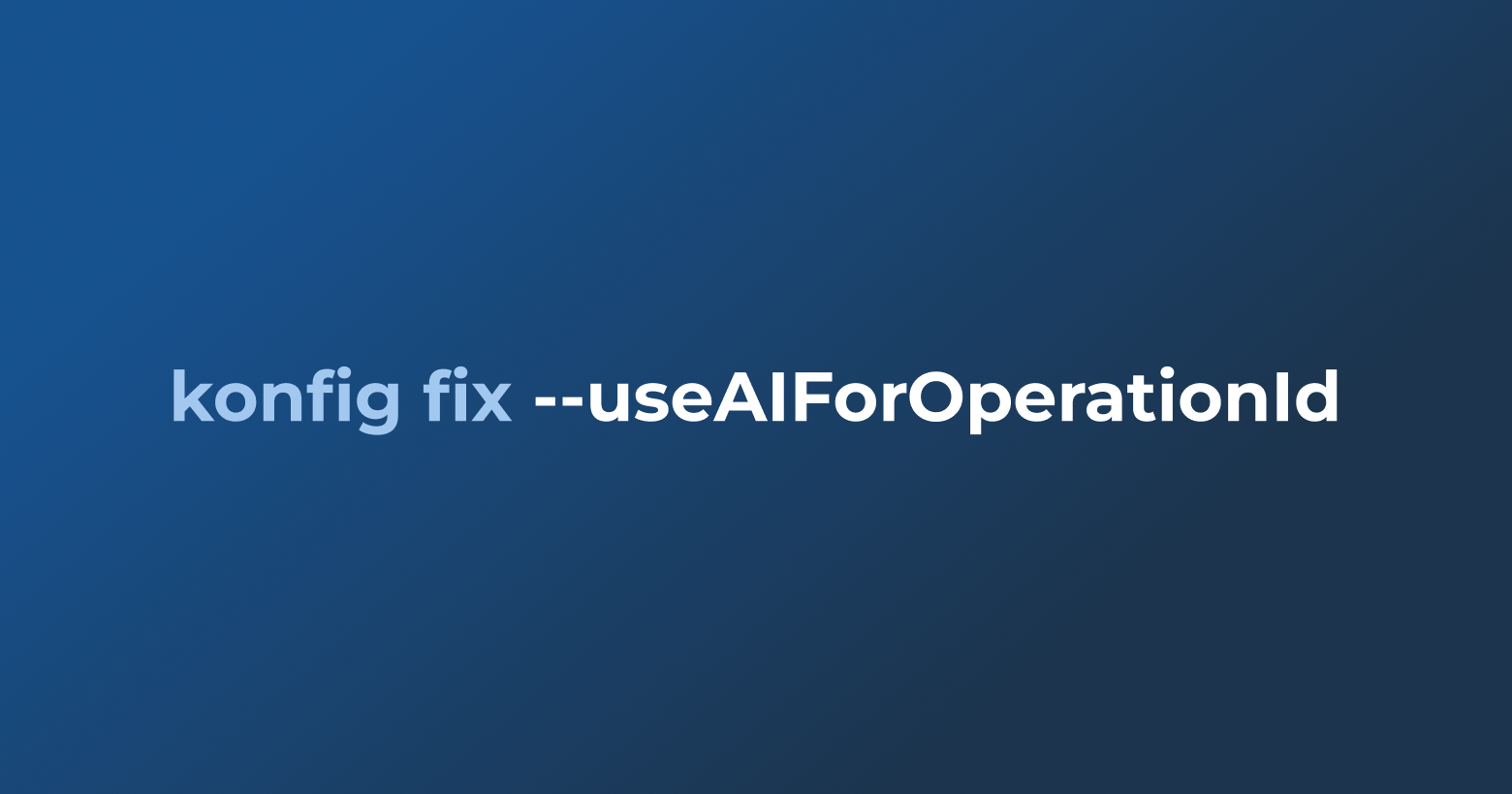
konfig fix now has a new option --useAIForOperationID that
allows you to use AI to generate meaningful operation IDs for your OpenAPI
specification.
As part of ensuring your OpenAPI specification is high-quality, it is important to write meaningful operation IDs. Operation IDs are used as method names in the generated SDKs. Konfig follows a strict convention for naming your operation ID. However, we understand that it can be a bit of a hassle to come up with these names. Furthermore, if you have a large OpenAPI spec, it can be a time-consuming task to name each operation ID. Now you can use AI to automate this process.
OpenAPI Specification 3.1 Support
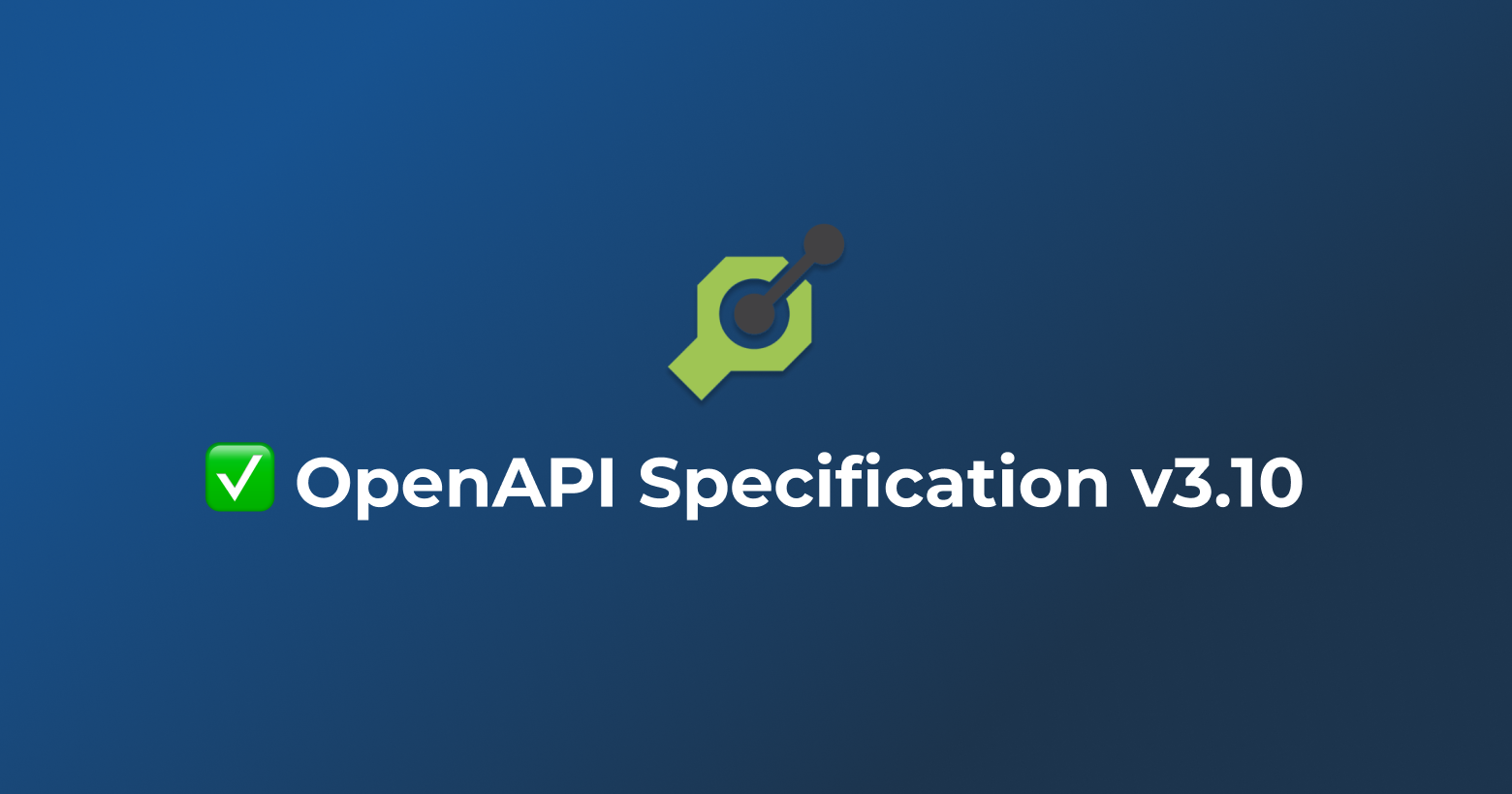
Konfig now supports OpenAPI Specification 3.1 🎉!
OpenAPI Specification 3.1 is the latest version of the OpenAPI Specification. It brought a few new features and improvements over the previous version, 3.0.x, but also introduced some breaking changes.
Particularly in 3.1, you can specify nullable by specifying the null keyword
in the type field. This is a breaking change from 3.0.x where nullable was a
separate field.
